Evaluating Functions Worksheet
If you're in search of a valuable resource to accurately assess your understanding of evaluating functions, you've come to the right place. This Evaluating Functions Worksheet is designed to assist students who are studying algebra and need to further their comprehension of this particular topic.
Table of Images 👆
More Other Worksheets
Kindergarten Worksheet My RoomSpanish Verb Worksheets
Cooking Vocabulary Worksheet
DNA Code Worksheet
Meiosis Worksheet Answer Key
Art Handouts and Worksheets
7 Elements of Art Worksheets
All Amendment Worksheet
Symmetry Art Worksheets
Daily Meal Planning Worksheet
What is the purpose of evaluating functions?
The purpose of evaluating functions is to determine the output value (or values) of a function for a given input value (or values). By evaluating functions, we can analyze and understand how the function behaves and how it relates to its input variables. This process helps us solve equations, make predictions, analyze data, and make informed decisions based on the behavior of the function.
How do you evaluate a function at a given value or point?
To evaluate a function at a given value or point, simply substitute the value or point into the function's expression in place of the variable. Then, perform the necessary calculations to find the result. This will give you the function's output for that specific input.
What is the significance of the domain in evaluating functions?
The domain of a function is significant because it defines the set of input values for which the function is defined and meaningful. Evaluating a function outside of its domain can lead to mathematical errors or undefined results. Understanding the domain helps identify where a function is valid and where it may have restrictions or limitations on its applicability, providing crucial information for properly working with and interpreting the function.
How does one determine if a given value is within the domain of a function?
To determine if a given value is within the domain of a function, you need to check if the value is permissible as an input for the function. This involves looking at any restrictions on the function, such as dividing by zero, negative square roots, or the presence of logarithms with negative arguments. If the given value satisfies all the conditions for input set by the function's definition, then it is within the domain of the function.
What is the role of parentheses in evaluating functions?
Parentheses in evaluating functions are crucial as they indicate where the input value or values for the function should be plugged in. This helps ensure the correct order of operations is followed and the function is evaluated accurately according to the given input(s), ultimately determining the output of the function.
How does one handle fractions when evaluating functions?
When evaluating functions with fractions, simply substitute the given value into the function and perform the operations within the function as per usual. Be sure to simplify any resulting fractions to their lowest terms if needed. Keep in mind the basic operations of fractions like addition, subtraction, multiplication, and division as you evaluate the function.
What is the difference between evaluating a function algebraically and graphically?
Evaluating a function algebraically involves performing operations and calculations using mathematical expressions and formulas to find specific output values for given input values. On the other hand, evaluating a function graphically involves representing the function visually on a coordinate plane to understand its behavior, such as identifying key features like intercepts, slopes, and overall shape. Algebraic evaluation focuses on precise numeric results, while graphical evaluation provides a more visual and intuitive understanding of how the function behaves across a range of inputs.
What are some common mistakes to avoid when evaluating functions?
Some common mistakes to avoid when evaluating functions include incorrectly applying order of operations, mistaking variables for constants, disregarding domain restrictions, not simplifying expressions fully, and overlooking the possibility of undefined values or asymptotes. It is important to carefully follow the rules of algebra and function evaluation, pay attention to the details of the function, and be mindful of any restrictions or limitations that may impact the evaluation process.
When evaluating composite functions, what steps should be followed?
When evaluating composite functions, you should first substitute the inner function into the outer function. This means that you should first evaluate the inner function with the given input, and then substitute the result into the outer function. Finally, simplify the expression to get the final result of the composite function. Remember to follow the order of operations and pay attention to parentheses to ensure accurate evaluation.
How can evaluating functions be applied in real-life situations or problems?
Evaluating functions can be applied in real-life situations or problems by helping us analyze and make decisions based on input variables. For example, in finance, evaluating a function can help determine the value of an investment over time by plugging in different interest rates or time periods. In engineering, functions can be used to model physical phenomena, such as the motion of a projectile, and evaluating these functions can provide valuable insights into the behavior of the system. Overall, evaluating functions is a powerful tool that enables us to understand and manipulate relationships between variables in various practical scenarios.
Have something to share?
Who is Worksheeto?
At Worksheeto, we are committed to delivering an extensive and varied portfolio of superior quality worksheets, designed to address the educational demands of students, educators, and parents.

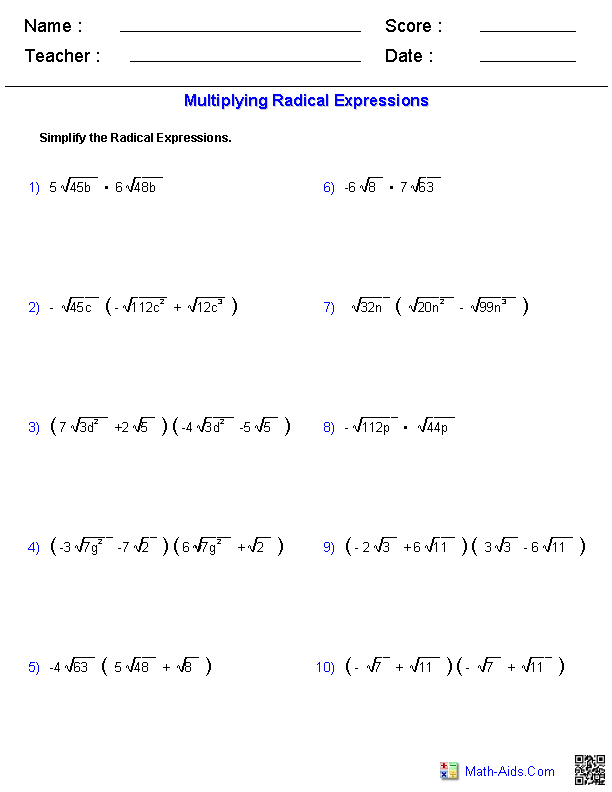



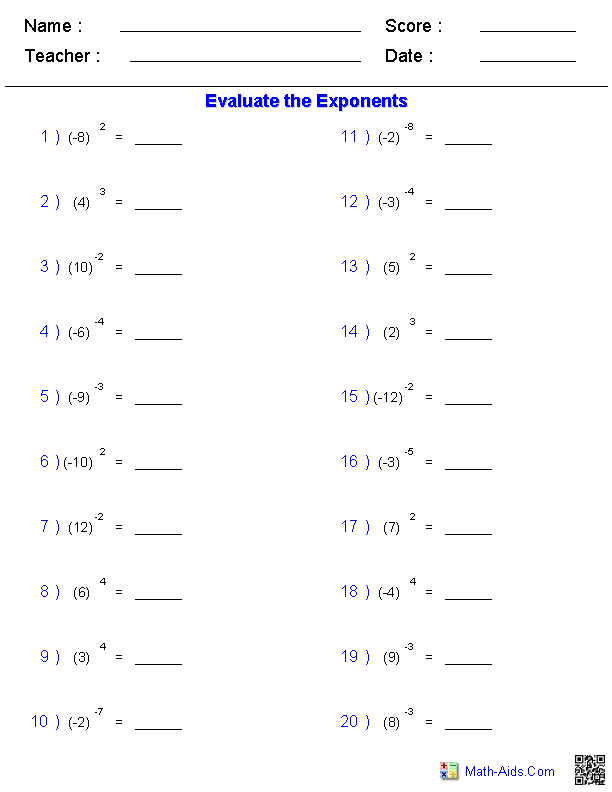
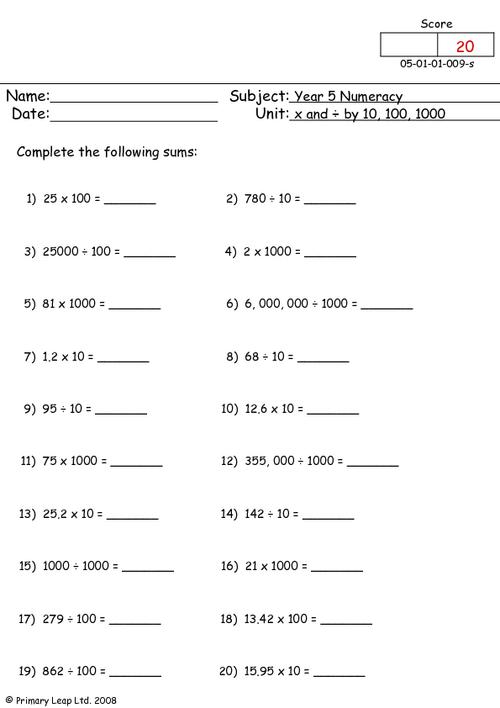
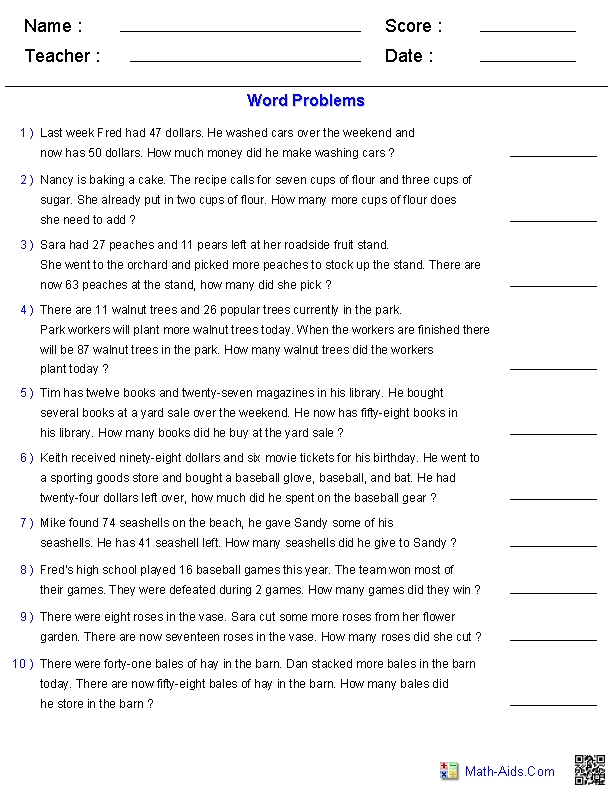
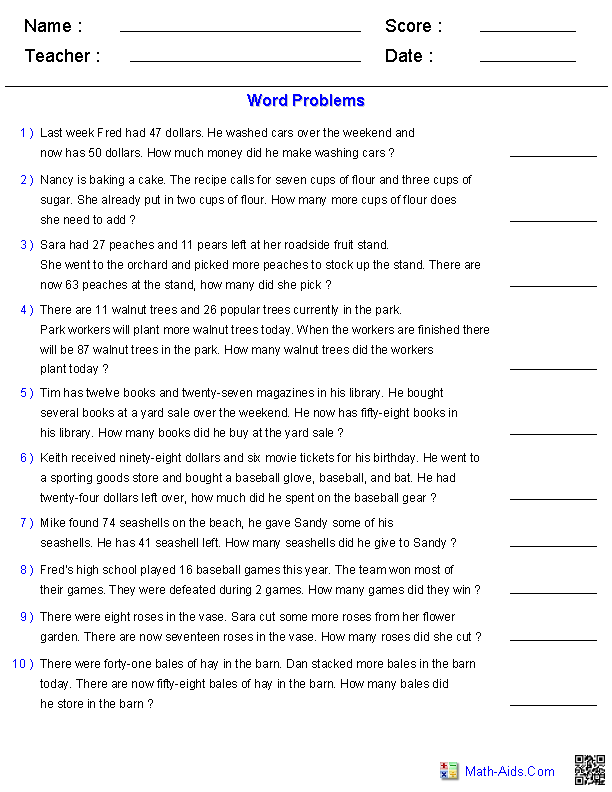
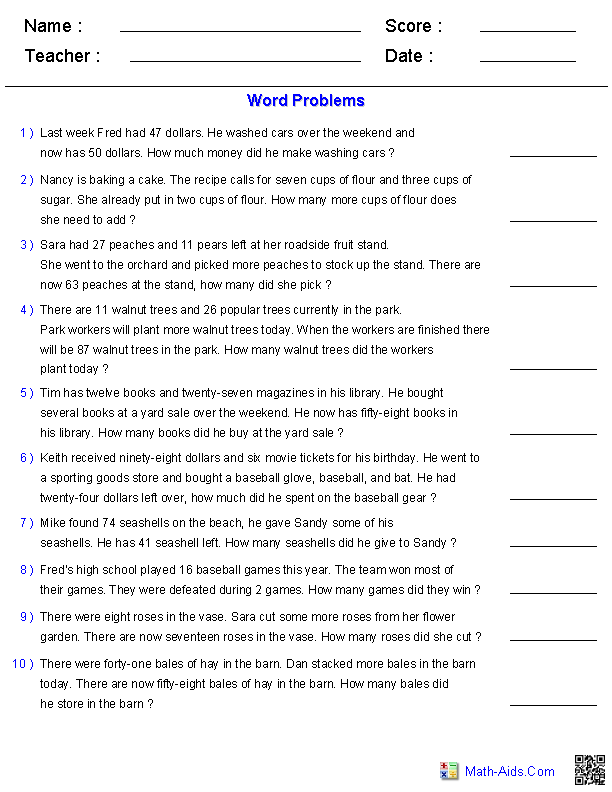
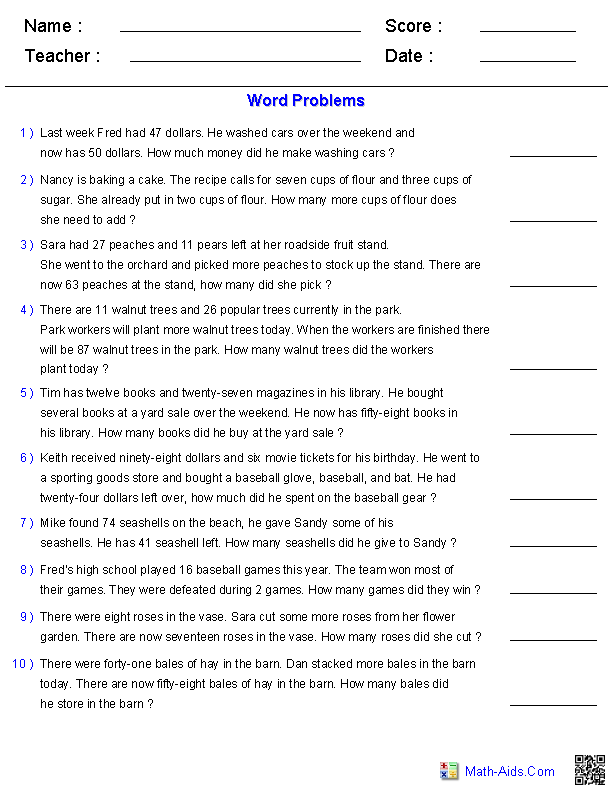
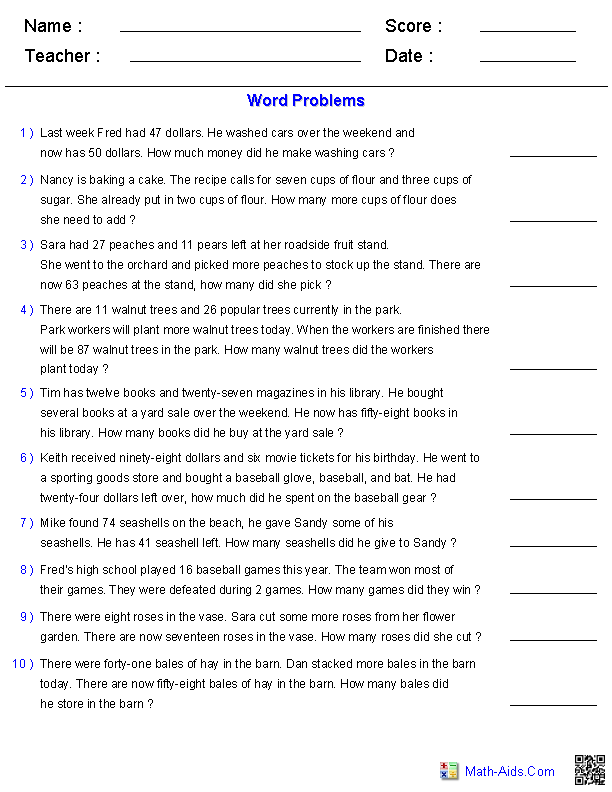
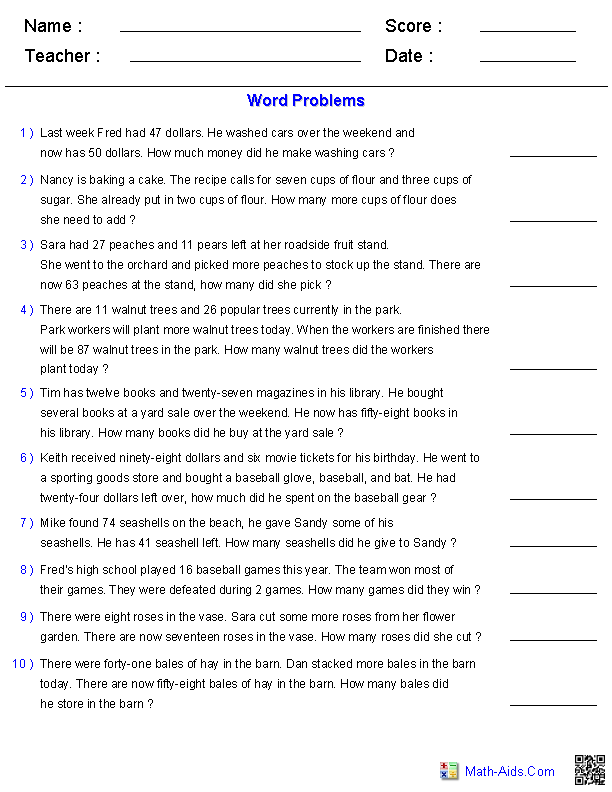
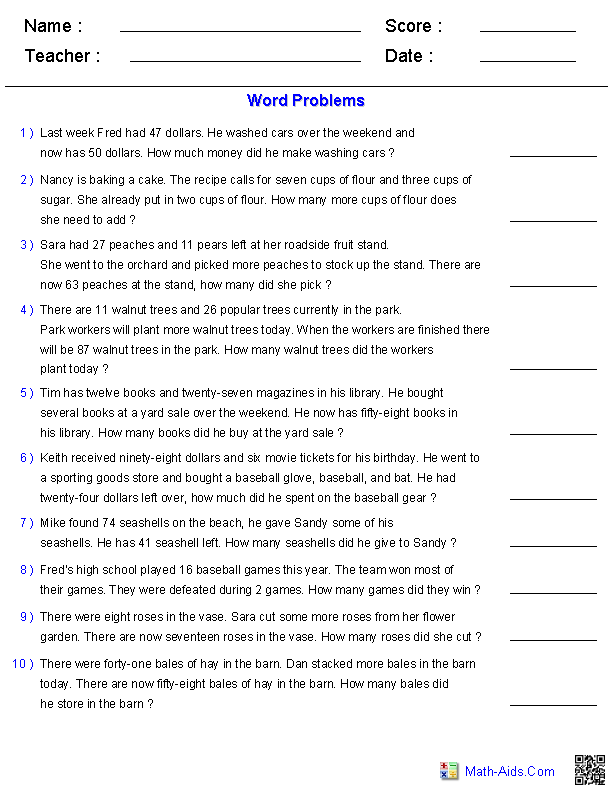
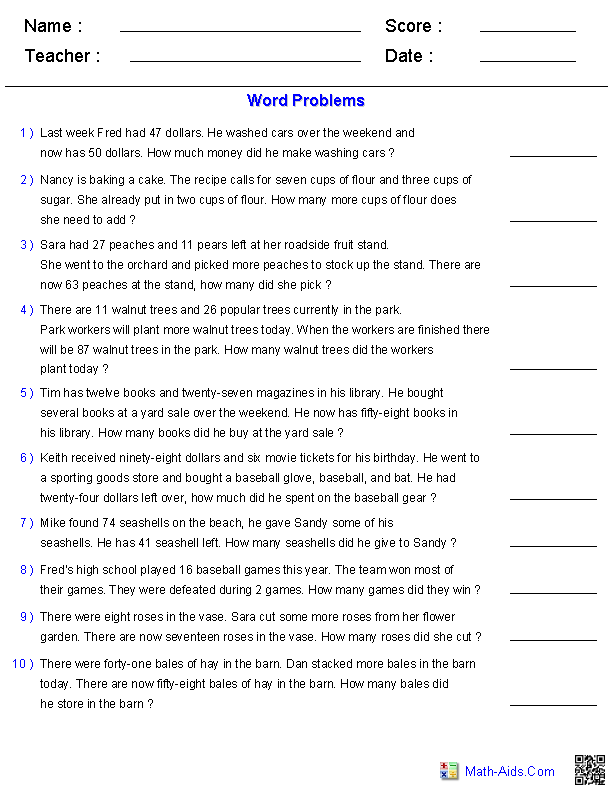














Comments